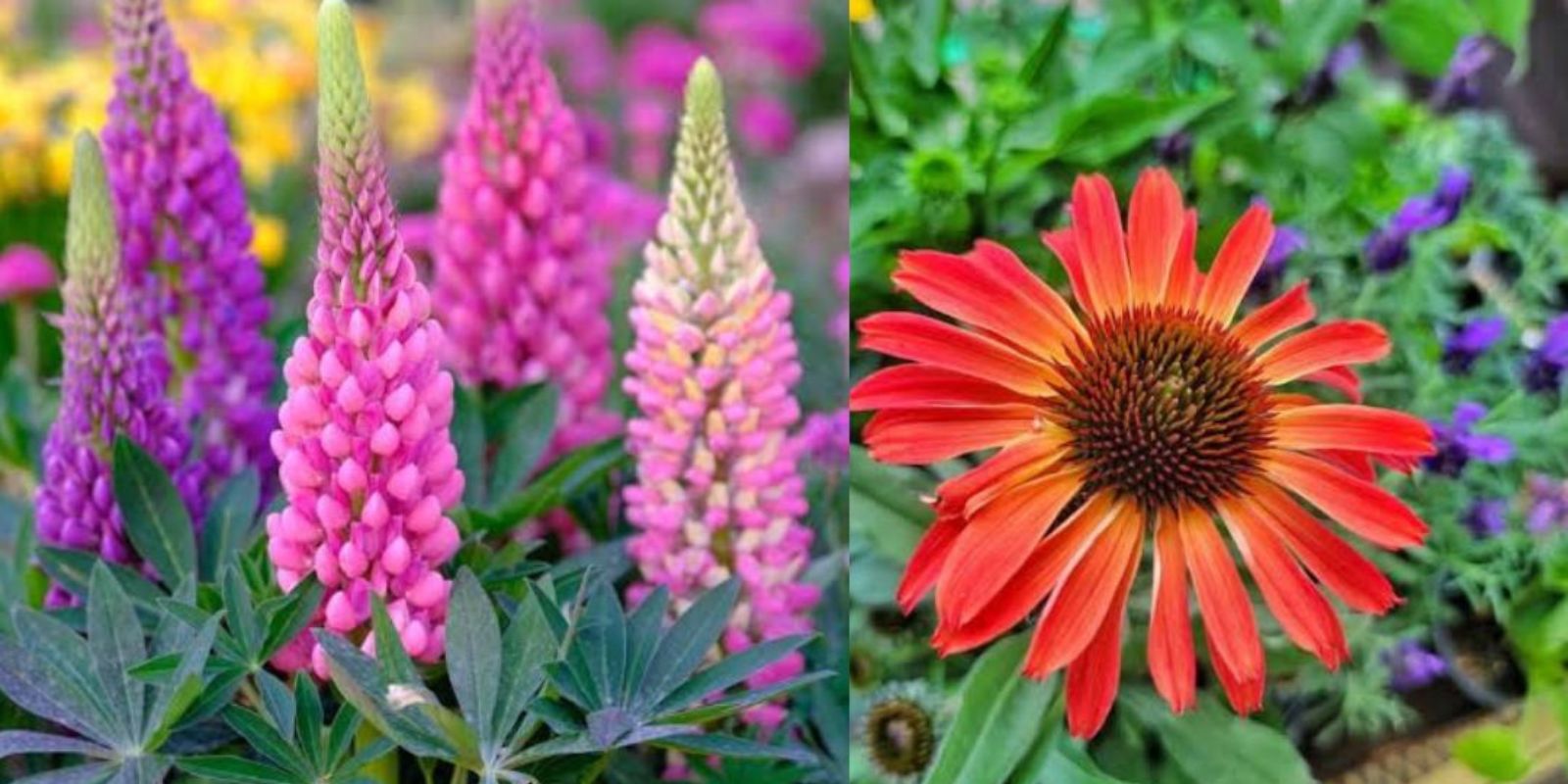Gardening can often seem like a never-ending task of planting, weeding, and maintenance. But what if you could plant once and let nature take care of the rest? With self-seeding plants, you can enjoy a vibrant, lush garden year after year with minimal effort. These plants are not only beautiful and easy to grow but also promote biodiversity, attract pollinators, and help create a sustainable ecosystem in your backyard. In this guide, we’ll explore 12 self-seeding plants that will transform your garden into a low-maintenance paradise.
Why Choose Self-Seeding Plants?
Self-seeding plants are hardy, adaptable, and prolific. They complete their life cycle by dropping seeds that germinate naturally in the soil, creating new plants without additional effort from you. These plants offer several benefits:
- Low Maintenance: Once established, they regenerate on their own.
- Cost-Effective: No need to buy seeds or seedlings every year.
- Eco-Friendly: Attract beneficial insects like bees and butterflies.
- Biodiversity Boost: Create a natural habitat for pollinators and other wildlife.
- Resilience: Adapt well to different conditions, making them perfect for beginner gardeners.
1. Bellflower (Campanula)
- Why Choose It: Bellflowers are perennial beauties with charming, bell-shaped flowers that thrive in sunny or semi-shady locations.
- How It Spreads: These plants self-seed after their blooms fade in late summer, spreading seeds across the garden naturally.
- Planting Tip: Ensure well-drained soil and adequate sunlight. Once established, they’ll provide a steady display of flowers year after year.
2. Columbine (Aquilegia)
- Why Choose It: Known for its delicate, colorful blooms, columbine thrives in partial shade and adapts well to various soils.
- How It Spreads: This plant drops seeds naturally, filling shady corners with vibrant flowers each spring.
- Planting Tip: Let the flowers mature fully before cutting back, allowing seeds to scatter.
3. Snapdragon (Antirrhinum majus)
- Why Choose It: Snapdragons are bee-friendly flowers that bloom in various colors, making them an excellent addition to any garden.
- How It Spreads: After flowering, seeds are dispersed and germinate easily the following year.
- Planting Tip: Plant in sunny areas and leave spent flowers to dry out naturally for reseeding.
4. Poppies (Papaver)
- Why Choose It: Poppies are iconic for their vibrant red petals and ability to self-seed prolifically.
- How It Spreads: Seeds are dispersed by wind and often germinate near the parent plant.
- Planting Tip: Grow in sunny, well-drained soil. Avoid heavy watering after blooms fade to allow seed pods to mature.
5. Chamomile (Matricaria chamomilla)
- Why Choose It: A dual-purpose plant, chamomile adds aesthetic value while offering medicinal benefits.
- How It Spreads: Seeds fall naturally, ensuring fresh blooms every season.
- Planting Tip: Choose sunny spots and allow flowers to fully mature for maximum self-seeding.
6. Sunflowers (Helianthus annuus)
- Why Choose It: Sunflowers are iconic garden staples that grow tall and strong while offering seeds for birds and reseeding.
- How It Spreads: Seeds drop from mature flower heads, often germinating in the same location.
- Planting Tip: Plant in loose, sunny soil and let spent flower heads remain in place for reseeding.
7. Bee-Friendly Wildflowers
- Why Choose It: Wildflowers like cornflowers and poppies attract pollinators and create a meadow-like effect.
- How It Spreads: Seeds naturally scatter, creating a colorful display every spring.
- Planting Tip: Sow a mix of seeds in spring and let nature handle the rest.
8. Clover (Trifolium)
- Why Choose It: Clover enriches soil with nitrogen, acts as a ground cover, and suppresses weeds.
- How It Spreads: Seeds spread rapidly, filling in bare spots effectively.
- Planting Tip: Ideal for sunny or semi-shady locations; avoid mowing frequently to encourage reseeding.
9. Wild Thyme (Thymus vulgaris)
- Why Choose It: Thyme is a fragrant herb that self-seeds and repels pests, making it a perfect companion plant.
- How It Spreads: Seeds are dispersed naturally, creating new plants each season.
- Planting Tip: Grow in sunny, well-drained soil and let flowers bloom fully before trimming.
10. Lupines (Lupinus)
- Why Choose It: These nitrogen-fixing plants come in stunning colors and thrive in sunny or semi-shady locations.
- How It Spreads: After blooming, seeds scatter and germinate the following year.
- Planting Tip: Avoid overwatering and let seed pods dry naturally for reseeding.
11. Spring Peas (Pisum sativum)
- Why Choose It: A delicious crop that self-seeds easily when left to mature.
- How It Spreads: Peas left on the vine dry out and release seeds into the soil.
- Planting Tip: Provide a sunny location and trellis for support. Let peas dry fully for self-seeding.
12. Basil (Ocimum basilicum)
- Why Choose It: A culinary favorite, basil self-seeds if flower stems are left intact.
- How It Spreads: Seeds from dried flower heads scatter in the garden, germinating in spring.
- Planting Tip: Plant in nutrient-rich, sunny soil and let some flowers mature for seeds.
How to Encourage Self-Seeding
- Leave Seed Heads Intact: Allow flowers to mature and dry out naturally.
- Minimal Disturbance: Avoid frequent weeding or raking around self-seeding plants.
- Mulching: Use light mulch to protect seeds without preventing germination.
- Selective Trimming: Trim plants only after seeds have been dispersed.
Benefits for Your Garden Ecosystem
Self-seeding plants not only reduce your workload but also contribute to a healthier garden ecosystem. By attracting pollinators and improving soil fertility, these plants create a sustainable, biodiverse environment. Whether you’re a novice or an experienced gardener, incorporating self-seeding plants is a simple way to enjoy an ever-evolving, beautiful garden.
Final Thoughts
Transforming your garden into a self-sustaining oasis is easier than you think. By planting these 12 self-seeding plants, you’ll create a thriving, low-maintenance space filled with beauty, functionality, and life.
What are your favorite self-seeding plants? Let us know in the comments below and inspire others to grow effortlessly!

